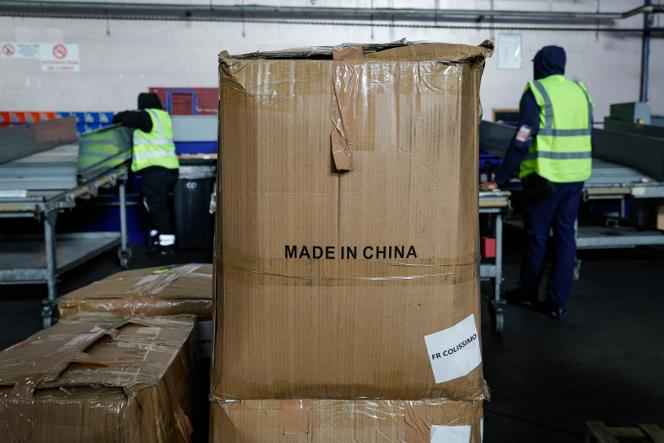


It was China's intention that we should never hear of its 2025 policy again, and stopped communicating a plan that was as ambitious as it was disruptive. Made in China 2025, was like a ship that turns off its transponder when entering sensitive waters. Launched by the Chinese government in the spring of 2015, the roadmap aimed to transform China from being an industrial giant into a global manufacturing superpower and targeted key sectors, from biotech and new materials to semiconductors and electric vehicles.
The Chinese Academy of Engineering had set precise objectives, and state subsidies poured into these fields, which were marked out as national priorities. The aim was to localize and maximize know-how and production, against a backdrop of rising geopolitical tensions.
The Chinese government was unlikely to take stock of the situation 10 years on. By 2018, the Made in China 2025 plan had become a symbol of the threat posed by China's ascendancy, particularly in the eyes of the United States. The new American president Donald Trump had announced his first tariff sanctions against the country on March 22, 2018, the same day his administration had published a report on Beijing's practices they deemed unfair. Made in China 2025 was cited 116 times, even though references to the plan had disappeared from official Chinese speeches and websites.
You have 75.21% of this article left to read. The rest is for subscribers only.
